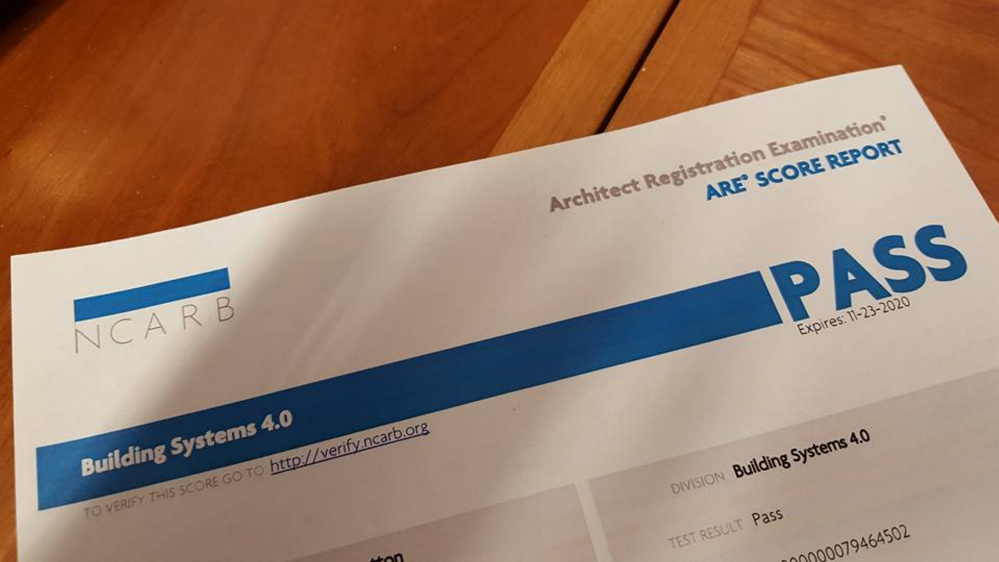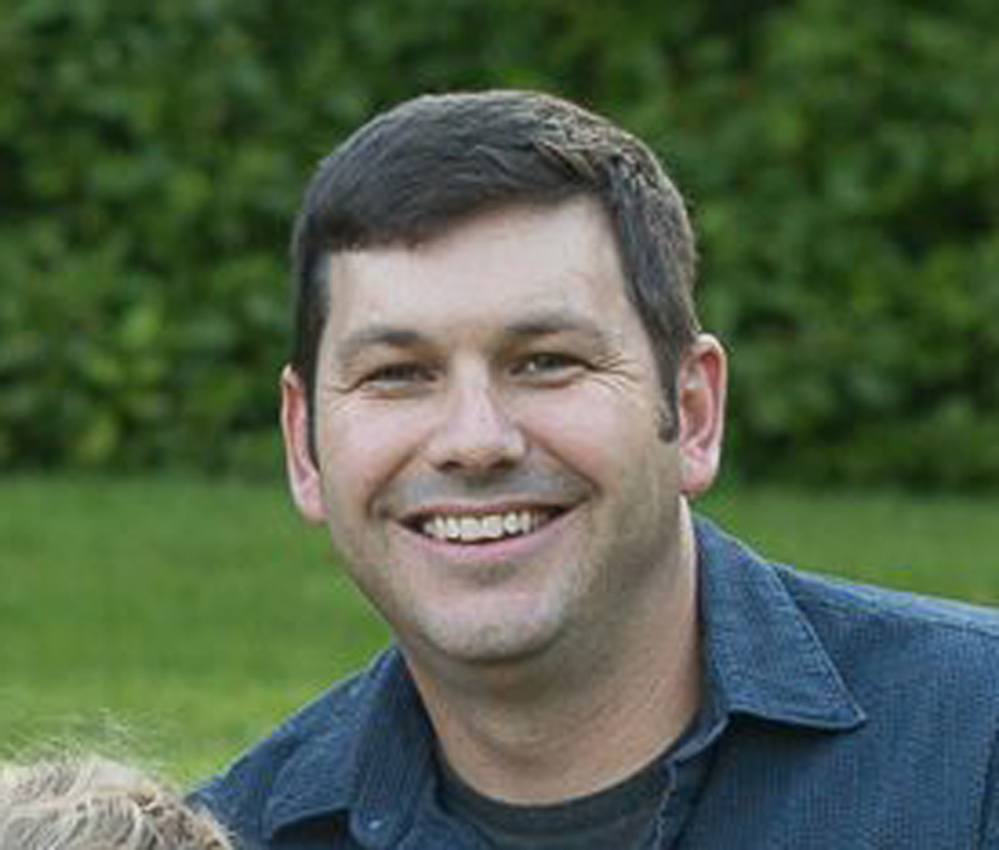Recently I found myself feeling very proud. I was pleased not by something I had personally accomplished, but proud in a great success achieved by a former student.
Having recently passed his final architecture-licensing exam, Chris Groton, a 2008 graduate of the University of Maine at Augusta, is now a Maine-licensed architect. A huge congratulation goes out to Chris on reaching this goal he set out to achieve some 10-plus years ago. All this time, he has been working steadily to reach his objective through years of school, and work, and professional testing.
Upon hearing that Chris had reached his goal, I felt a deep sense of satisfaction — satisfaction in his perseverance, and in having played a small part in helping him get to where he is today.
For those who don’t know, becoming a professional architect is a long process, one that takes great commitment and effort. One must first goes to school for a minimum of five years, and as much as seven if you getting a master’s degree as Chris did, receiving his master of architecture from the Boston Architectural College in 2010. You then must complete a three-year internship working with an architect or in a related field. And finally, you must pass seven licensing exams, covering varied topics such as structure, code and life safety, architectural history, and design. After graduation, internship, and successfully passing all exams, you pay the state of Maine a licensing fee, you get your architect’s rubber stamp, and you are a professional architect.
Chris, who now works at Phi Home Designs in Rockport, is now a professional architect. Well done!
My feeling of pride arises in playing a small part in Chris’s success. I am confident he would have been successful in his pursuit regardless of where he lived or went to school, because that’s just the kind of guy he is. But I hope that some of what I taught him in school, along with other professors at the University of Maine at Augusta architecture program, helped get him to where he is today. Perhaps there are times he hears a professor’s voice in his head asking, “Why are you making that design choice?” Or, “How about a few more iterations to test your idea?” Or, “How will that space feel when inhabited by humans?” I know that I still hear my teachers and their wisdom in my mind; maybe I could be so fortunate as to be a positive voice in the minds of some of my students as the become professionals.
Learning of Chris’s accomplishment has me considering how what we do affects the lives of others. Sometimes our effect might be large, other times small, but the people we engage are certainly changed. Indeed, our effect on others may at times be greater than what we accomplish for ourselves.
As I think about the New Year ahead, I am contemplating the ripple affect my actions have on others. Often, as I make resolutions, I focus on things that will ostensibly make me better, healthier, or more productive (perhaps you do this too). And while I make these resolutions (mostly) in earnest, they do not often result in long-term success (perhaps you do this too).
So this year, I am making resolutions to do for others. To focus on small actions I can take that will help others – students, colleagues, family, and community – achieve success in 2016. Reflecting on the wonderful sense of pride I feel in my former student, I think that helping others achieve their goals might be the finest resolution I can make for myself.
Eric Stark teaches and coordinates the architecture program at UMA, where he has been for the past 10 years. Professor Stark also maintains a small architectural practice in Portland doing residential and institutional work. His research includes community partnering, the use of diagram in architecture, and furniture design.
Send questions/comments to the editors.




Success. Please wait for the page to reload. If the page does not reload within 5 seconds, please refresh the page.
Enter your email and password to access comments.
Hi, to comment on stories you must . This profile is in addition to your subscription and website login.
Already have a commenting profile? .
Invalid username/password.
Please check your email to confirm and complete your registration.
Only subscribers are eligible to post comments. Please subscribe or login first for digital access. Here’s why.
Use the form below to reset your password. When you've submitted your account email, we will send an email with a reset code.